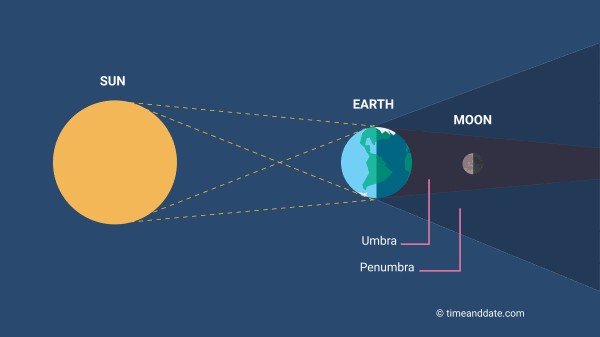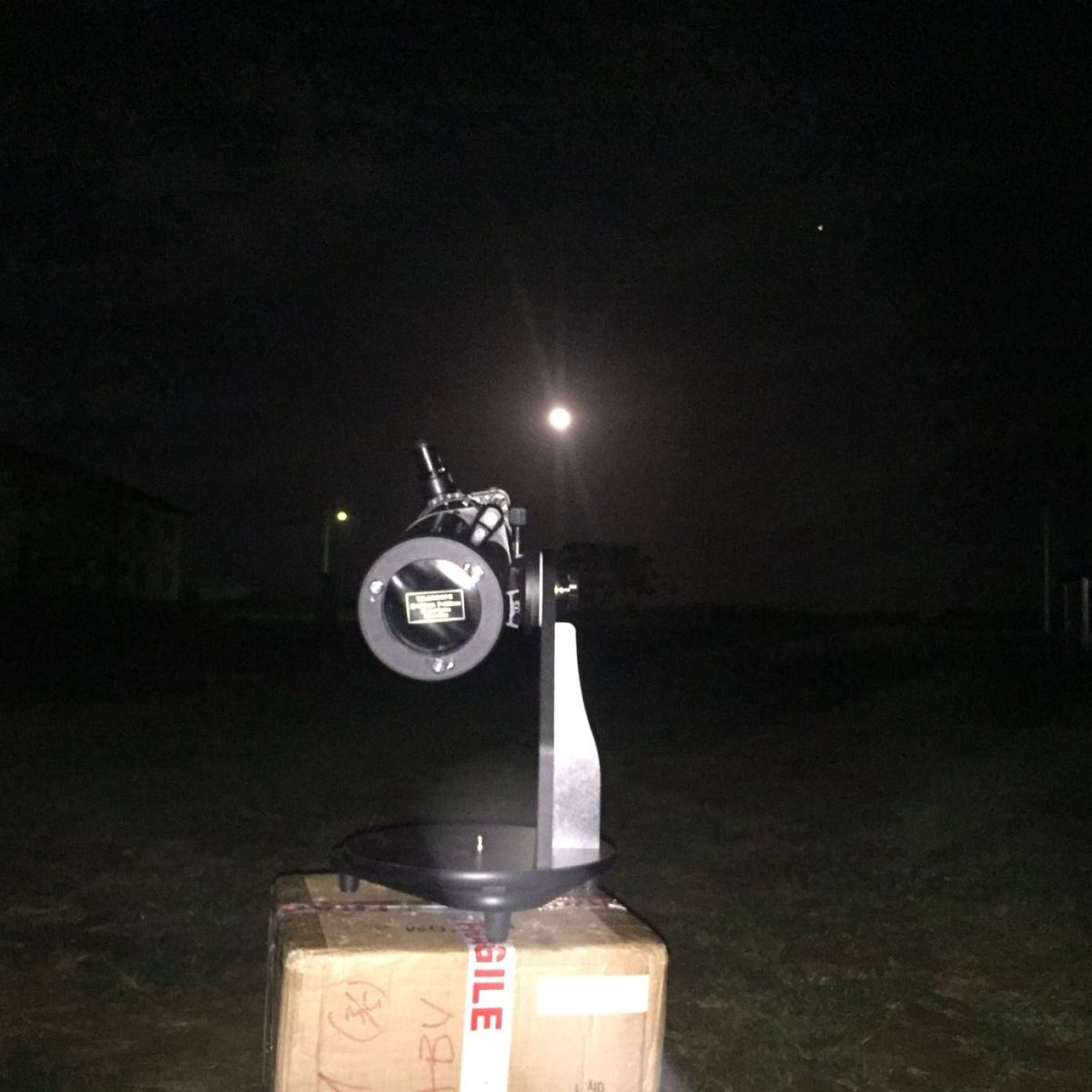Every year, our planet Earth is capable of experiencing four (4) to seven (7) eclipses.
But this year 2020, we will experience only six (6) of them: four (4) lunar and two (2) solar eclipses.
We have already witnessed a penumbra lunar eclipse earlier this year on January 10.
This June month alone, we will experience two (2) of them, each of solar and lunar.
The lunar eclipse will occur on June 5th and the solar eclipse, on 21st.
Lunar eclipse occurs when Earth comes between the sun and the moon and its shadow falls on the moon.
There are three (3) different kinds of Lunar eclipse:
The total
The partial
The Penumbra lunar eclipse.


During the total lunar eclipse, the three: Sun, Earth (at middle) and moon are on a straight line.
Here, the moon is completely submerged into the umbral of the Earth and we observe the red moon. This kind is the most impressive of all. And can be seen by everyone. The last time we witnessed this was on January 20/21, 2019.


For partial lunar eclipse, with Earth still in between the Sun and the moon but do not form a straight line, what is observed is a small part of the moon covered by the umbral of the Earth. It is the second most impressive and the last time such occurred was on July 16, 2019.


Penumbra lunar eclipse is the one in which the Moon crosses the Earth’s diffuse shadow and it does not appear red. In fact, it is hardly noticed and it looks pretty much like a normal full moon. A slight dimming of the lunar disk is usually observed. This is the one that we are expecting on June 5th, 2020.


What is general for all kinds of lunar eclipses is that they do not require any aid for use to be able to observe them. So, starting from June 4th till 6th, there will be a full moon. During these periods, will lie behind the moon, is a red supergiant star by name Antares. Which is the brightest star in the constellation Scorpius the scorpion

But the real event starts on the 5th. Regions such as: Europe, Asia, Australia and Africa are the ones that will be privileged to witness it.

This Penumbra lunar eclipse is expected to last for three (3) hours, eighteen (18) minutes.
The time from start to end for the six (6) time zones across Africa are below:


Why was it called “Strawberry Full moon?”
Like every other cultures in the world has a name and meaning they call each full moon of any given month. The name “strawberry moon” dates back to the native Americans. June was that period of the year for harvesting strawberries. On the other hand, strawberries are not native to the Europeans, so they call theirs, “Rose moon”
Hence, we call it Strawberry full moon or Rose full moon.
As you go outside to observe the lunar eclipse + full moon, I wish you a clear night sky.













































